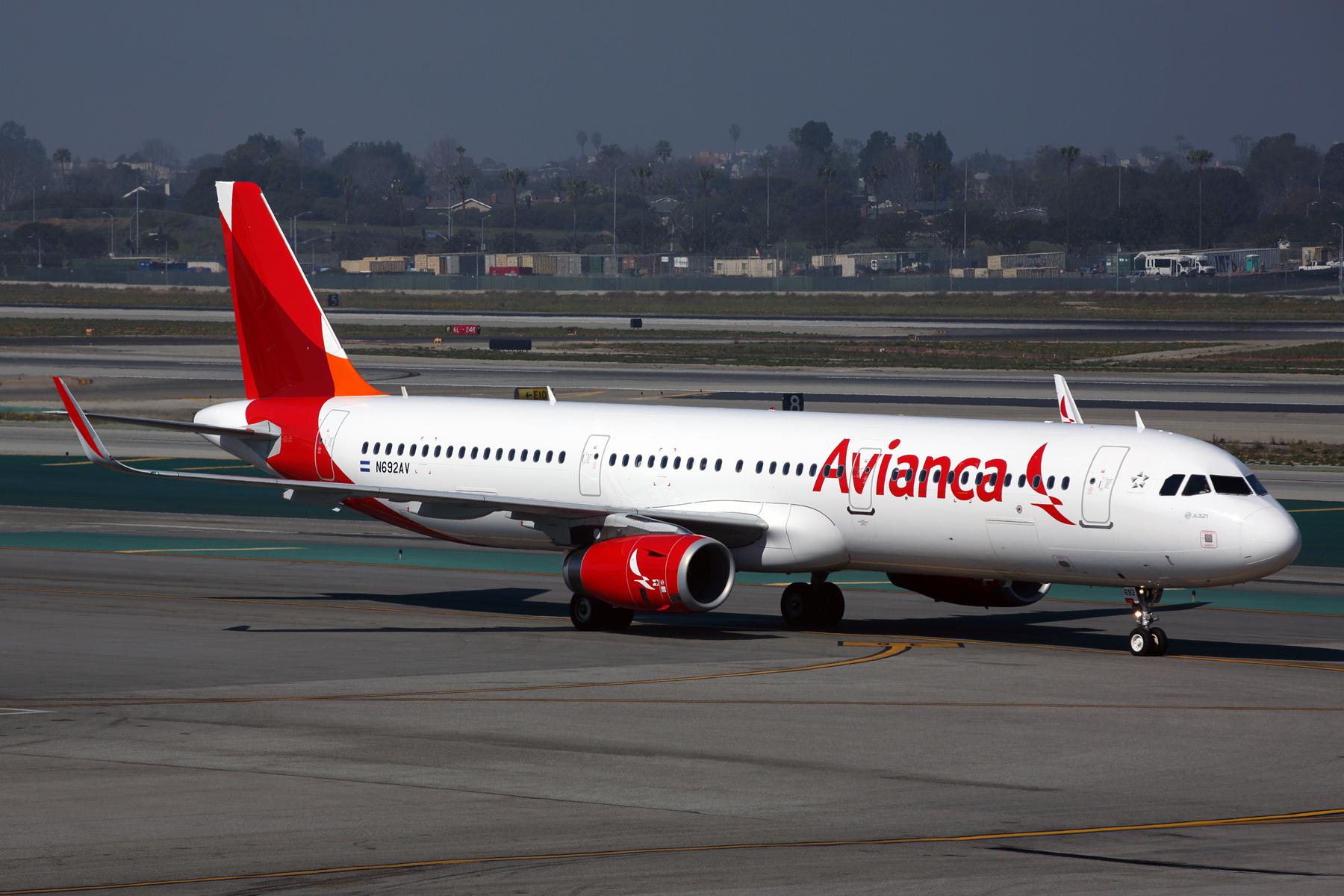
Argentina was scheduled to reopen its borders and permit airlines to fly in and out of the country on Sept. 1 after almost six months of mandatory closure. It won’t happen.
The Argentinian aviation system has been in complete lockdown since March, with the government not even allowing airlines to sell tickets, although it has allowed some repatriation flights. The original restart date was set for Sept. 1, but as late August approached it became apparent that the lockdown would remain for at least another 40-60 days, even though the government did not confirm the extension.
“There’s been no formalization of protocols yet. Communications about how a phased restart will happen have been dismal and airlines still can’t sell tickets,” IATA VP, Americas, Peter Cerda said last week.
As we head into the northern Fall—Spring for many parts of Latin America—this region has endured an extensive, excessive, close to 100% shutdown of its commercial air transport system. At almost six months, that shutdown is far wider and longer than anywhere else in the world. Brazil, Chile and Mexico are the only countries that have remained partially open and even then, there are restrictions; Chile mandates that only residents can enter the country and they must have permission and a valid reason to travel from one region to another.
Colombia, almost alone in supporting its airlines financially when the COVID-19 outbreak took hold, and which is providing $370 million in loans to help Avianca through its Chapter 11 restructuring, is looking to allow a limited restart on Sept. 1. That will cover 15 Colombian airports, with flight capacity capped at just 12%, but will not allow international travel. And responsibility for authorizing airport openings has been handed to local municipalities, creating a disjointed patchwork of connectivity and protocols.
Panama—a pre-COVID standard bearer for Latin American hub operations—has not only failed to provide any assistance to its air transport providers, but has put a stranglehold on that previously successful hub by allowing it to conduct only transit flights to just six countries.
Brazil and Mexico are about the only countries that have continued at least some international flights. But even where limited connectivity is being maintained, it’s the non-Latin American carriers that are increasingly operating the flights. American Airlines, British Airways, TAP Air Portugal and United Airlines are flying to Brazil while some of the region’s biggest names—Aeromexico, Avianca and LATAM—are in Chapter 11 restructuring, four have ceased operations, and countries like Ecuador have now lost their national carrier.
“The industry is at the edge of a huge and maybe unrecoverable disaster. There has to be a balance between health & safety and the economy because otherwise one will kill the other,” Cerda notes.
Hard as it is, Latin American governments must be braver, as individual countries and as a regional collective, in their aviation policies. They could use this crisis as a long-overdue opportunity to restart, rework and modernize their air transport systems. They could provide a stimulus for more, not fewer, airlines, for greater competition and for far more city-pair options, particularly in the ultra-LCC sector.
COVID’s impact on lives and economies is devastating. But the answer is not to force citizens back to buses or to rely on foreign carriers.
Karen Walker/ATW [email protected]
